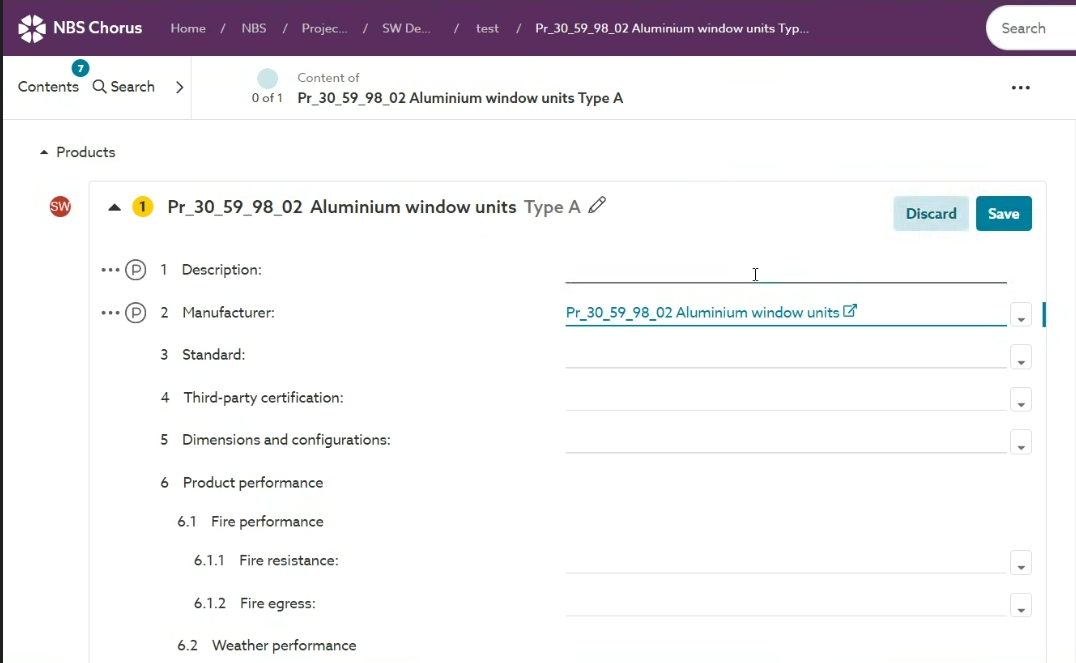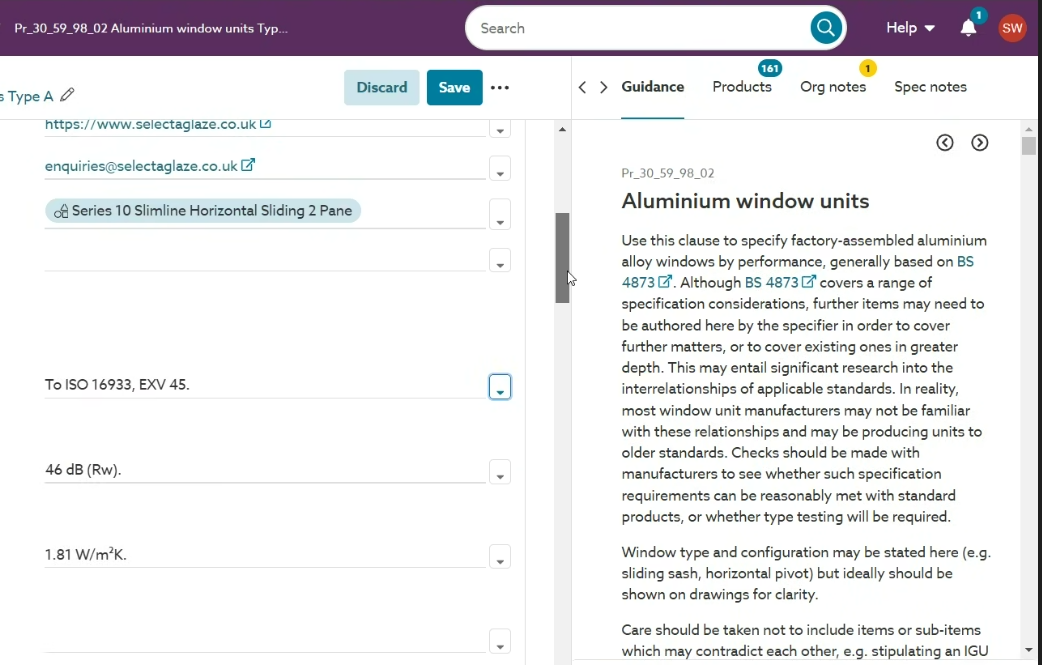_____
1. Match material to intended performance requirements
The key to effectively specifying secondary glazing is to
first identify the required performance levels, whether those are thermal U-Values, G-Values, acoustic dB levels or security standards (blast resistance, ballistic protection, intruder resistance or fire safety).
We recommend checking our
U-Values,
acoustic ratings, and
security tables for accurate product performance information.
Common mistake:
- Overlooking the need for thicker glass when targeting security, acoustics or enhanced thermal performance. This requirement will affect your product selection. For example, if enhanced security is required, you will need to choose products which accomodate medium-weight glass or thicker, rather than our slimline products.
Top tips for thermal performance:
- Many clients' briefs include a target U-Value of 1.4W/m²K. Your options to achieve this target are:
- a high performance sealed glazing (U-Value of 1.2 W/m²K) with our Series 41 hinged casement or Series 40 fixed light.
- or an ultra-thin vacuum sealed unit (U-Value of 1.1 W/m²K) with our mid-range and heavy-duty series, depending on weight limitations for vertical sliders.
- If U-Value of 1.8 W/m²K is required, specify single low-E glass (no need for vacuum or sealed units).
- When both enhanced security and specific U-Value targets are required, get in touch and we’ll help select the optimal solution.
Top tips for acoustic performance:
- There are three considerations for noise reduction: cavity between the primary and secondary window, thickness of the secondary glazing and sealing the perimeter of the window.
- Architects typically specify 6mm glass, or thicker, to reach the higher acoustic performance levels. You can achieve improved acoustic performance with 4mm thickness if you increase the cavity and ensure window perimeters are sealed.
Top tips for security performance:
- If you are working on a project that requires additional window security and potentially strict performance standards, you will need to involve security consultants who will assess the risk. Based on that assessment, they will determine the required performance standards. We can then help you choose the ultimate product solution.
- For bomb blast mitigation in buildings with high risk level, specify products meeting the ISO 16933 EXV25 standard.
_____
2. Ensure accuracy in specifications
Make sure that the information you specify is correct and
free from conflicting content. It’s common for excess product information to be included in specifications.
Common mistakes:
- Overloading specifications with all available glass options and/or all available performance standards.
- Specifying vacuum glazing without considering suppliers' lead-times and cost implications whilst targeted U-Values could be reached with other glazing options.
Top tips:
- If you use NBS platforms, when copying information from Source to Chorus ensure that you include only the required performance standard option.
- Consult a Technical Advisor regarding lead-times, as these may change based on your requirements.
_____
3. Consider primary windows and decor early
Before selecting your glazing system, assess the construction of the existing windows. Consider potential obstructions, such as window dressings and whether the windows will need to be opened frequently for ventilation or occasionally for cleaning.
Common mistake:
- Specifying casement windows when the primary windows have blinds, pelmets, voiles or curtains.
Top tips:
- Assess the window opening and primary window style. Are there specific installation details to address?
- Consider how the window dressings will interact with the secondary glazing, ensuring there are no obstructions or interference.
- Contact our Technical Advisors for more tailored technical guidance on timber grounds, sub-frames or any necessary fixing details.
_____
4. Specify sympathetic solutions
When it comes to design, it is important to work out a solution that will blend in with the primary window and interior decor. The design process will at times involve aesthetic, performance and functionality conflicts but with careful consideration, sympathetic treatments are always achievable.
Top tips for sympathetic secondary glazing:
- Choose a treatment that does not create additional sightlines or follows the lines of the primary windows.
- Opt for slimline systems where possible. You might have to compromise if you are treating large windows or if high-spec acoustic, thermal or security performance is required.
- Match the colour with the primary window frame or the walls in the window opening.
- Choose neat ironmongery that blends in with the frames or character handles to act as a heritage feature.
- Select white gaskets for light coloured frames and black gaskets for dark coloured frames.
- Opt for a minimal gap between primary and secondary window. You might have to compromise if high-spec acoustic performance is required.
_____
Managing your specification with Selectaglaze
Collaborate on NBS
NBS Chorus is designed to facilitate collaboration. The platform brings the specification process into the core of the design process enabling specifiers and manufacturers to work together. By using the 'invite to collaborate' functionality, your NBS specifications can be viewed and checked by our Technical Advisors. We find that a quick Teams call to go over the specification on a shared screen helps save time further down the line.
Book an in-depth consultation
Since there are over 40 product variants with thousands of customisable options to choose from, understanding the technical background can be overwhelming. Prior to starting your specification, we recommend contacting one of our Technical Advisors for all the technical information and data you need to make your decision — the earlier, the better.

